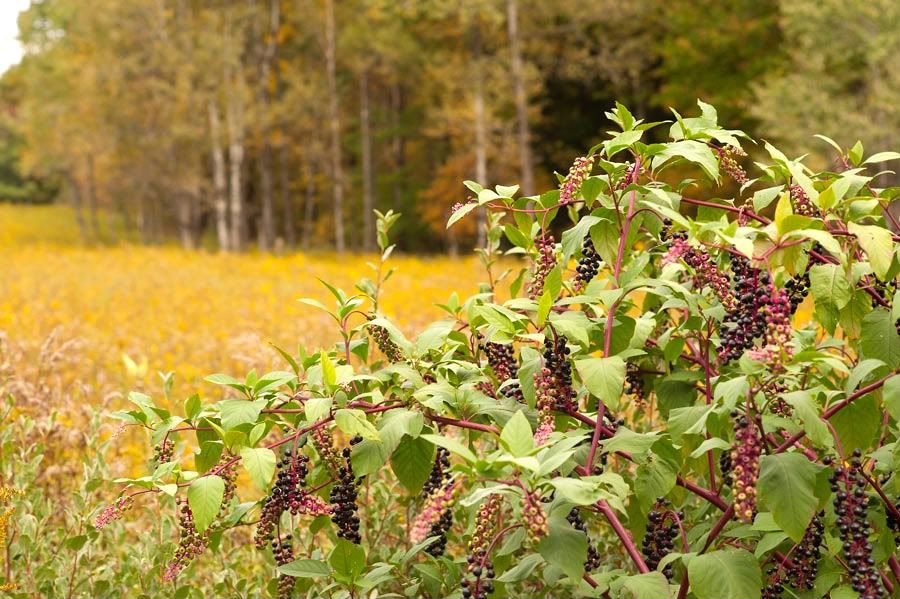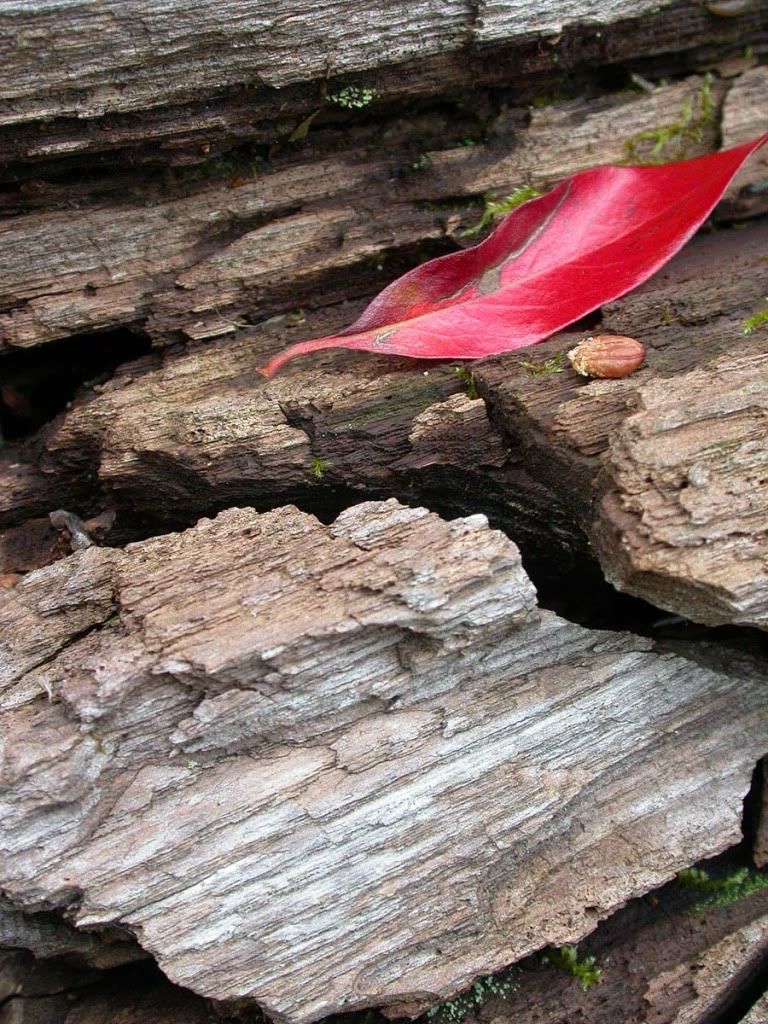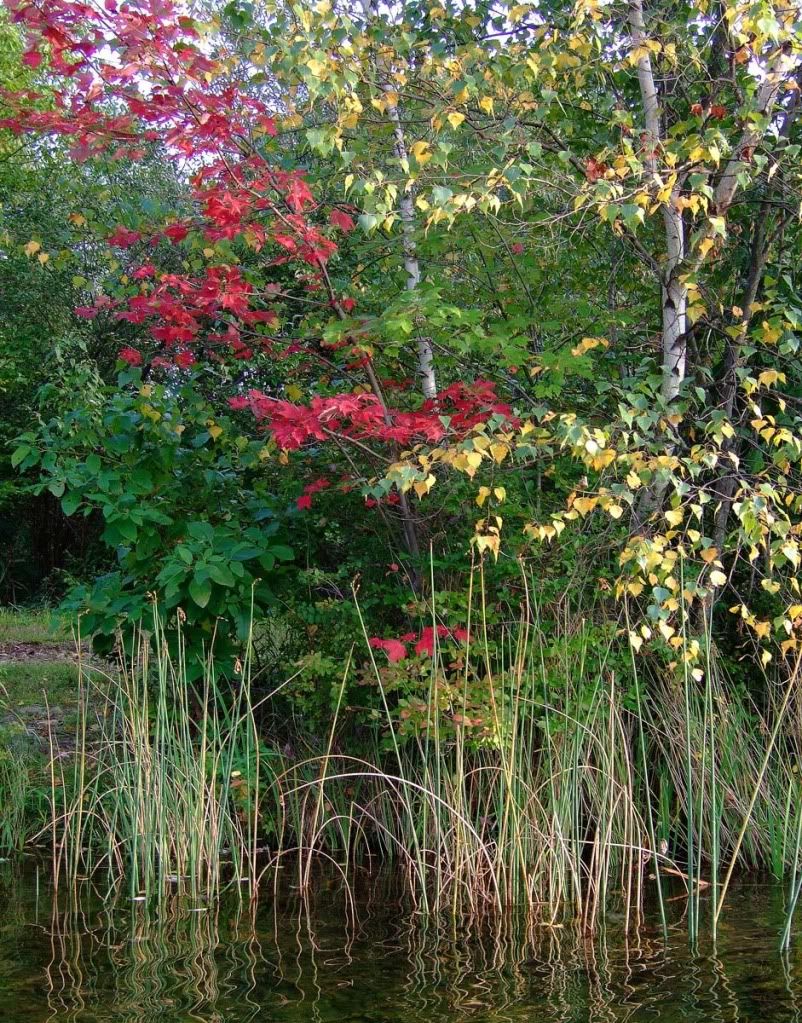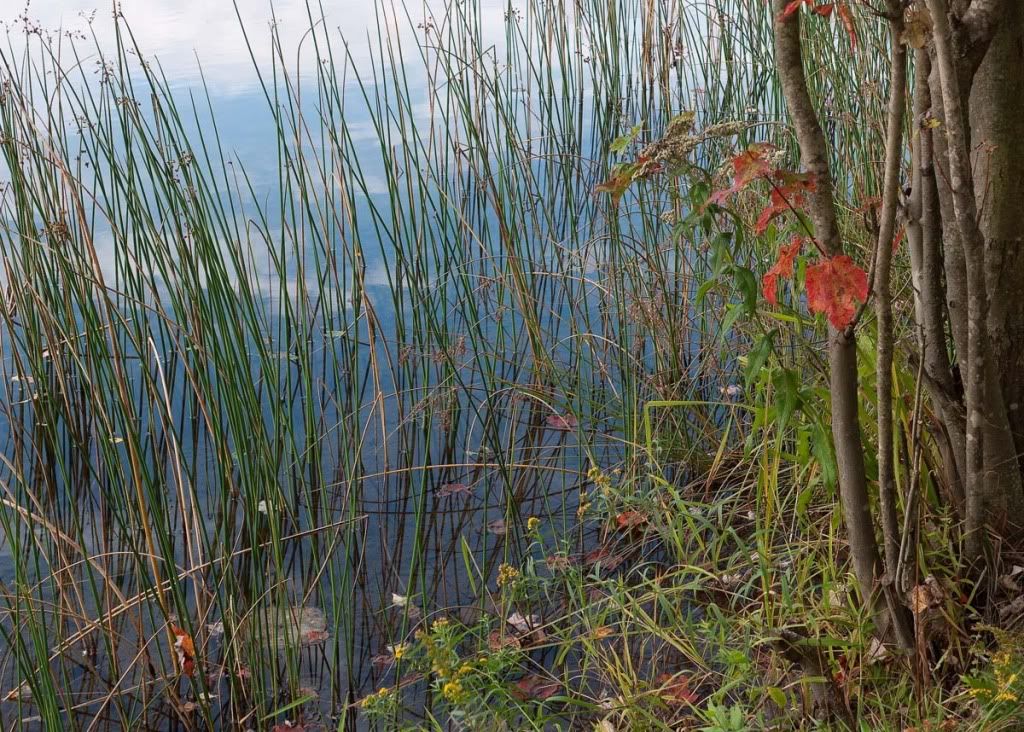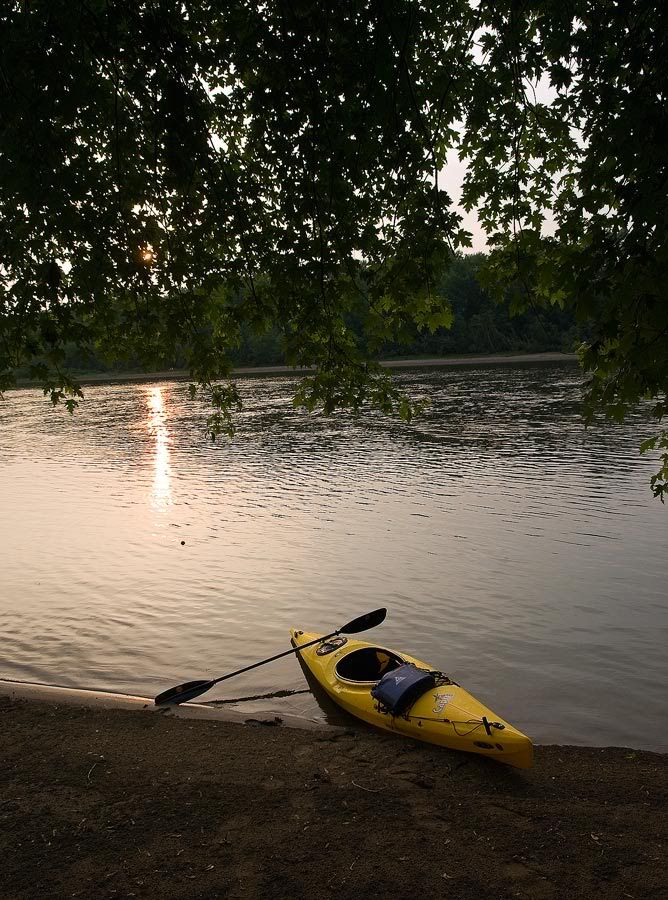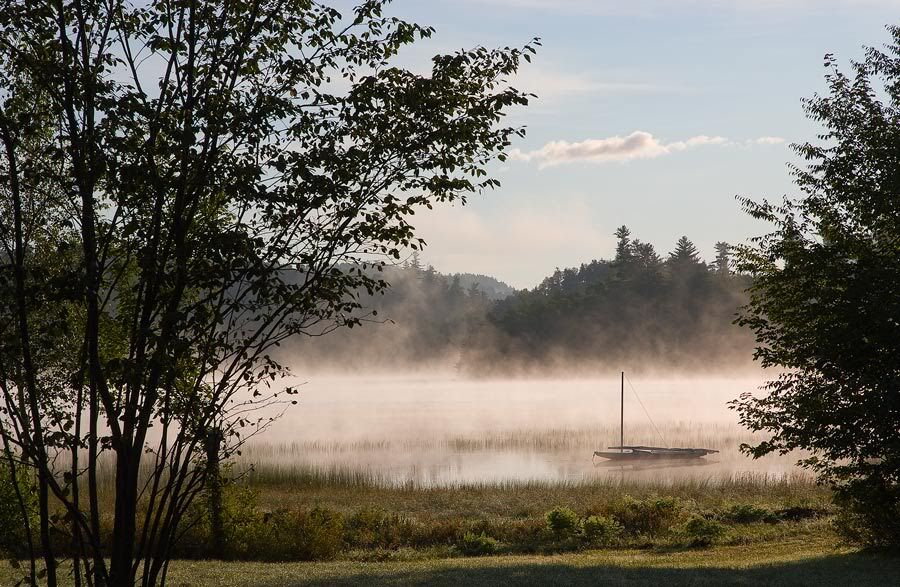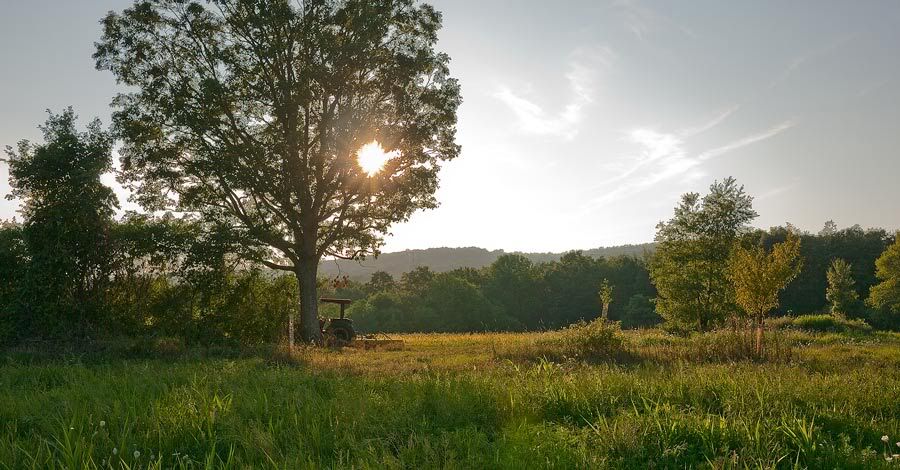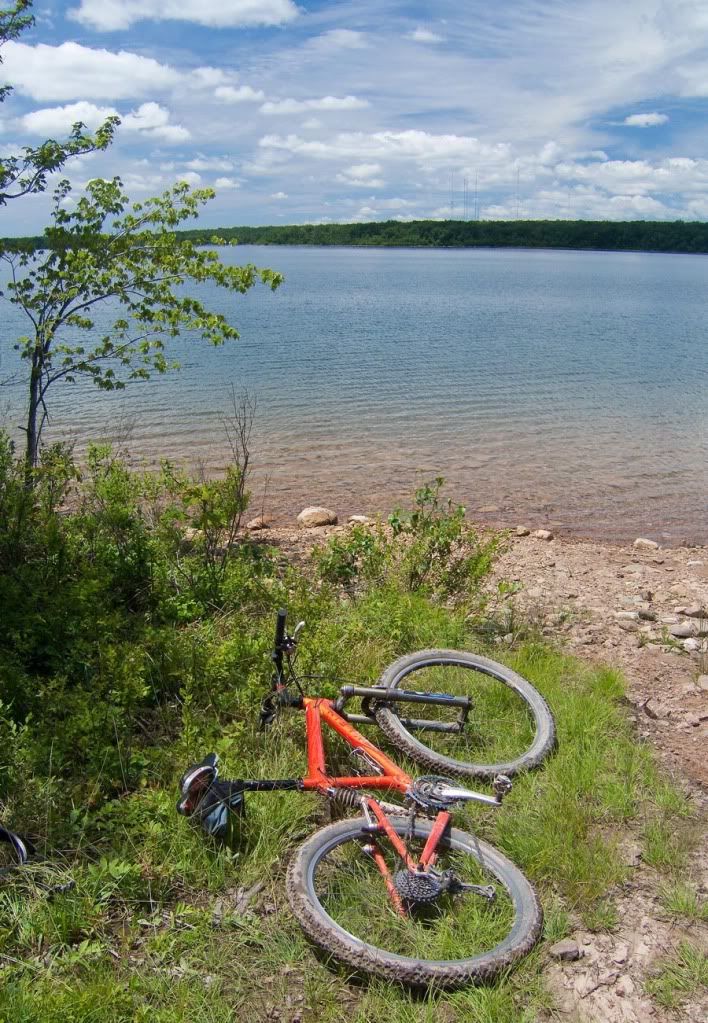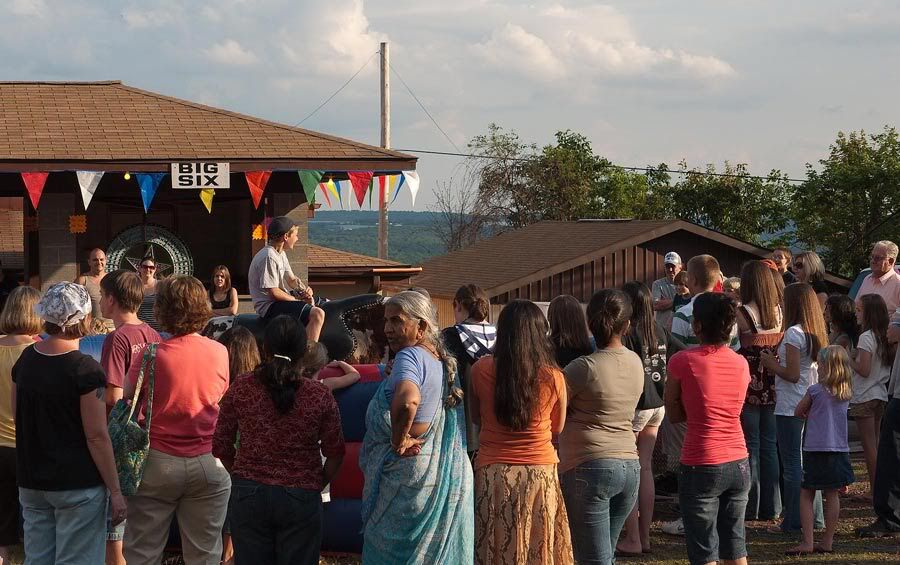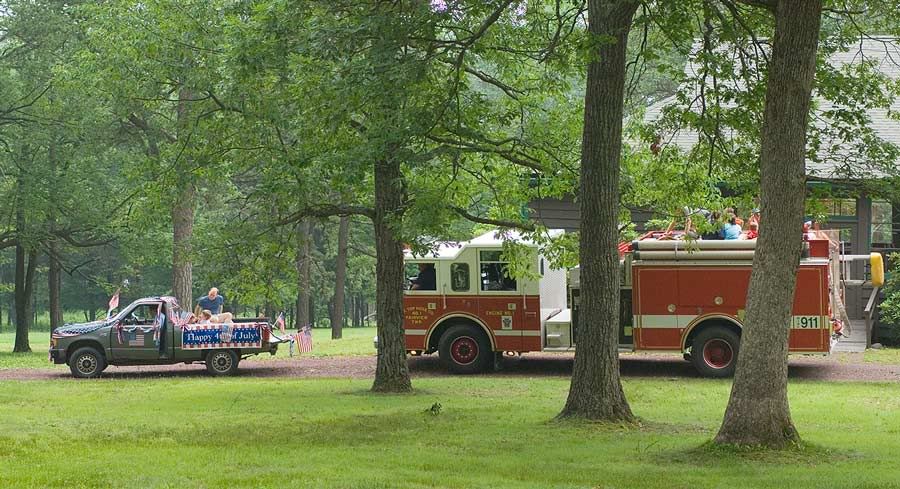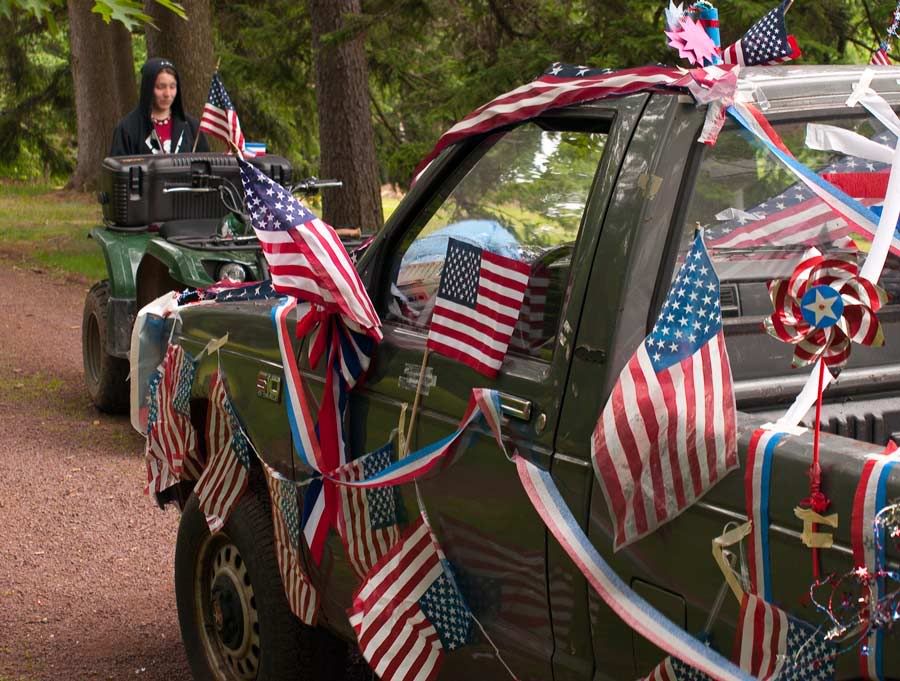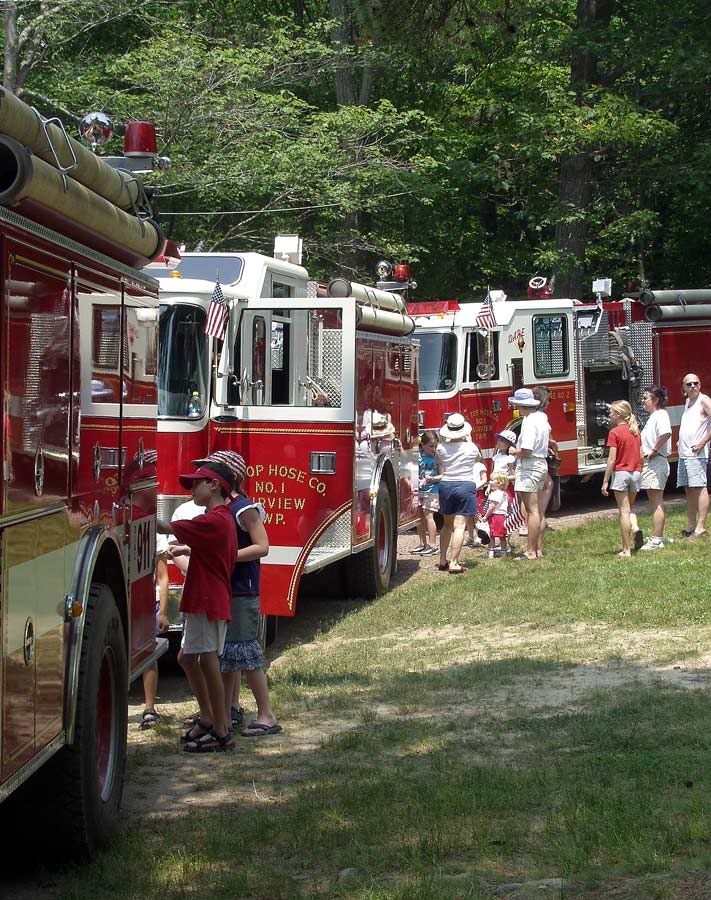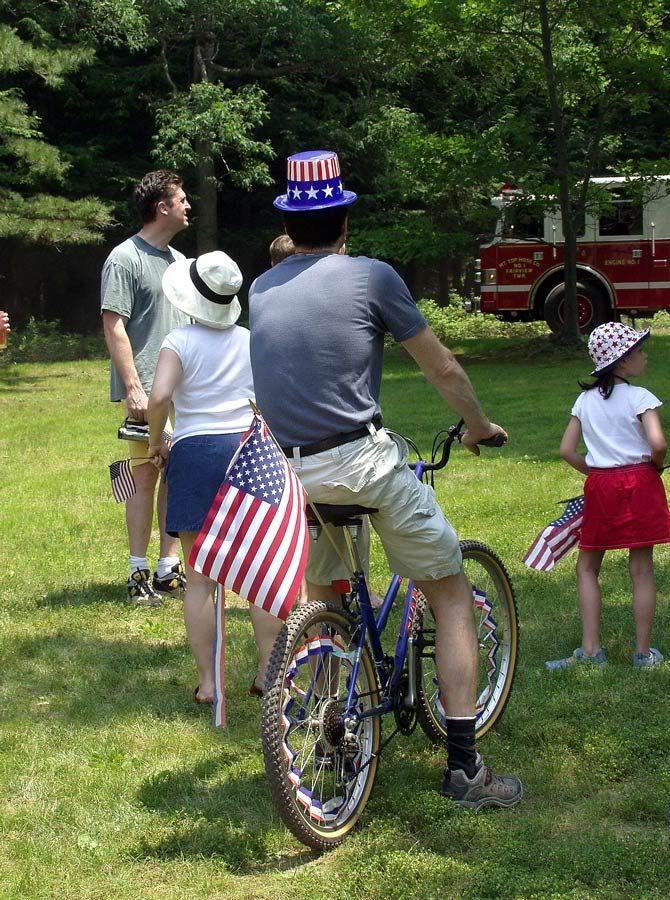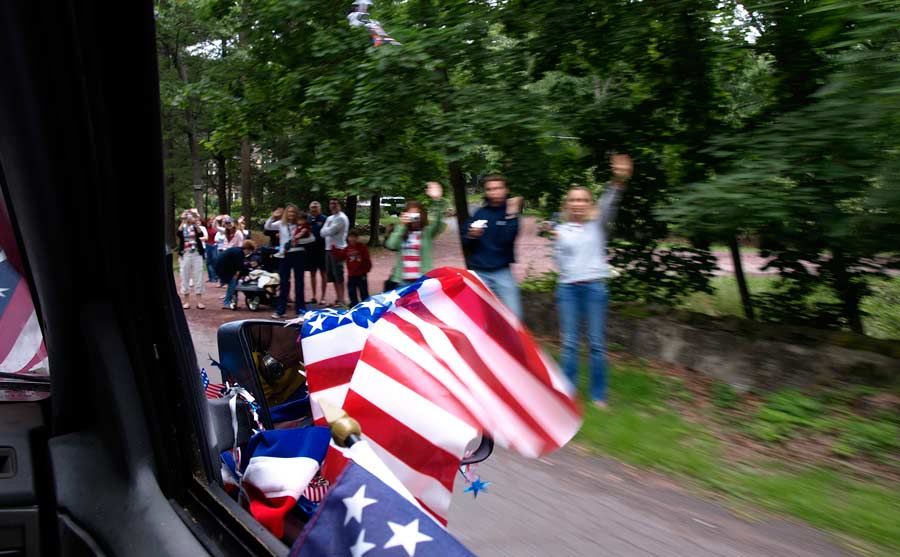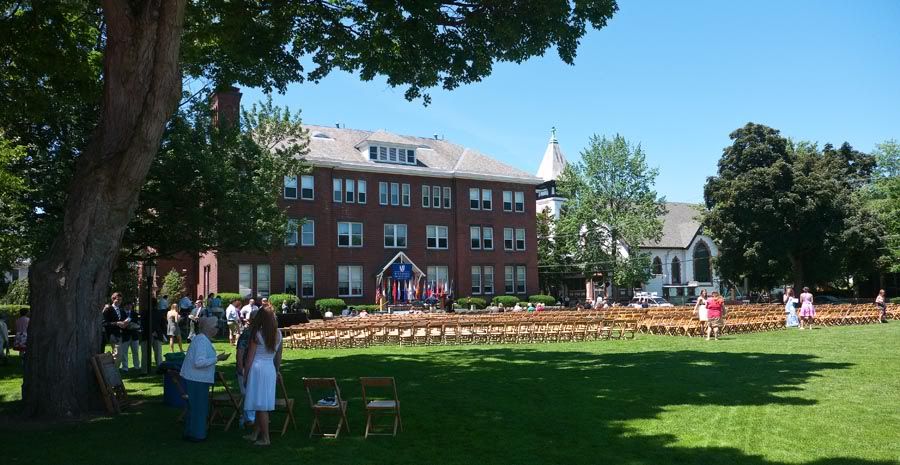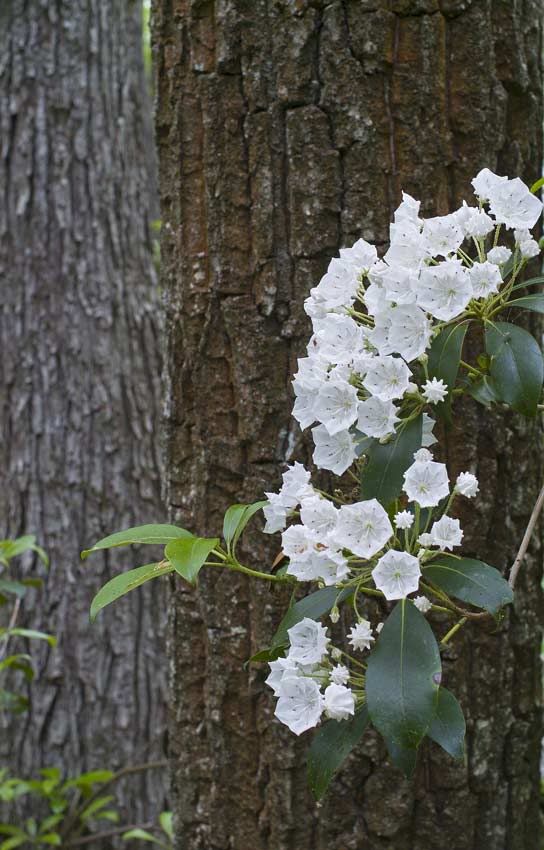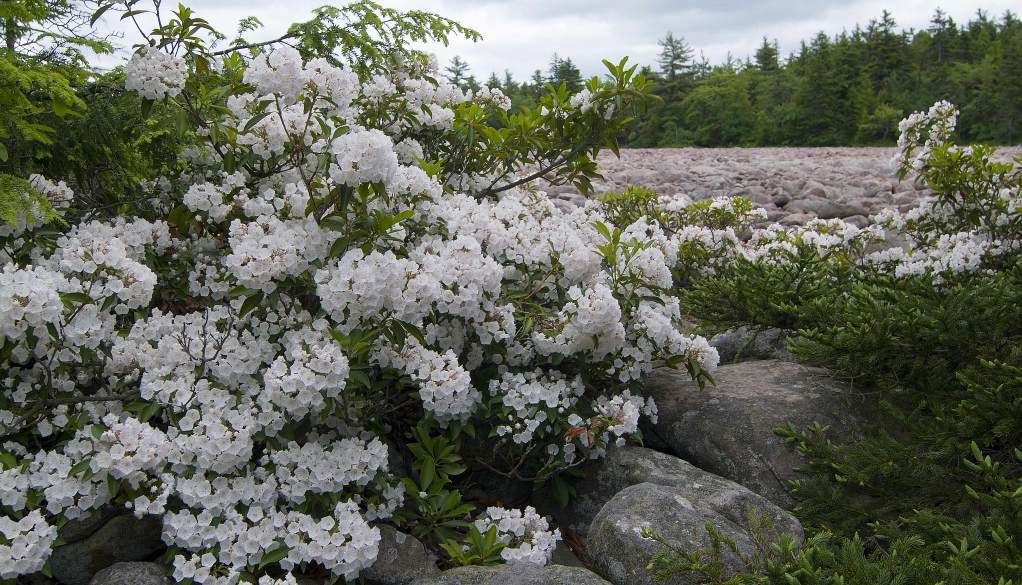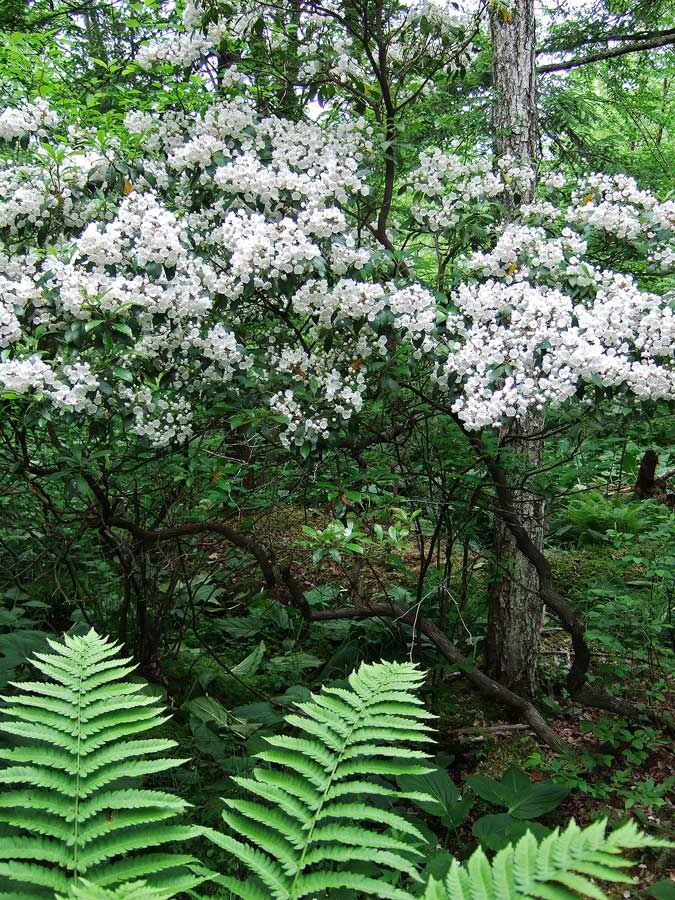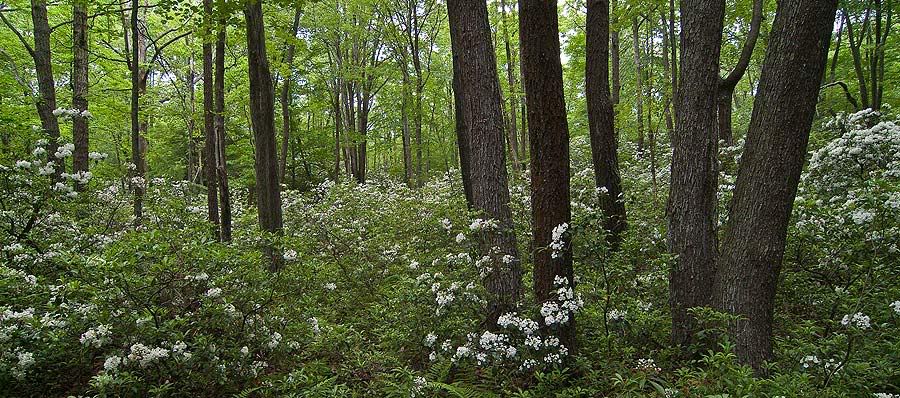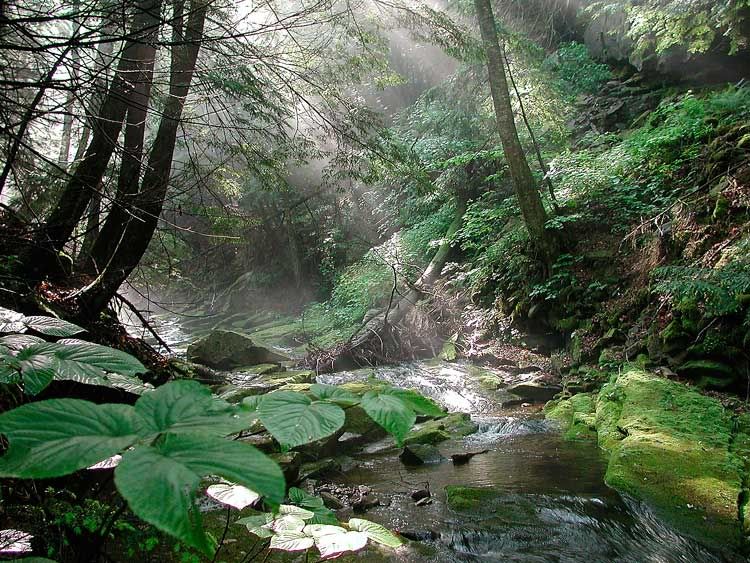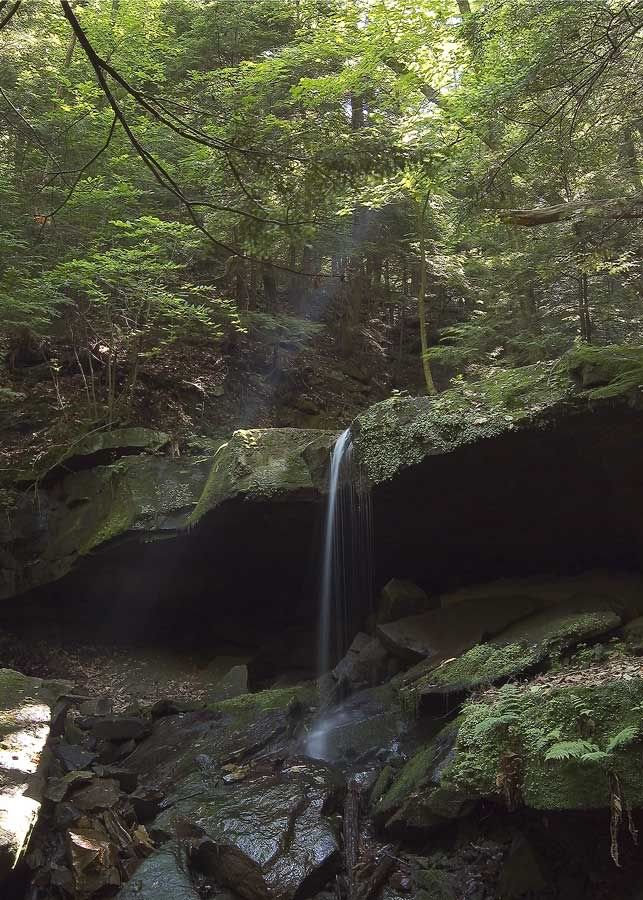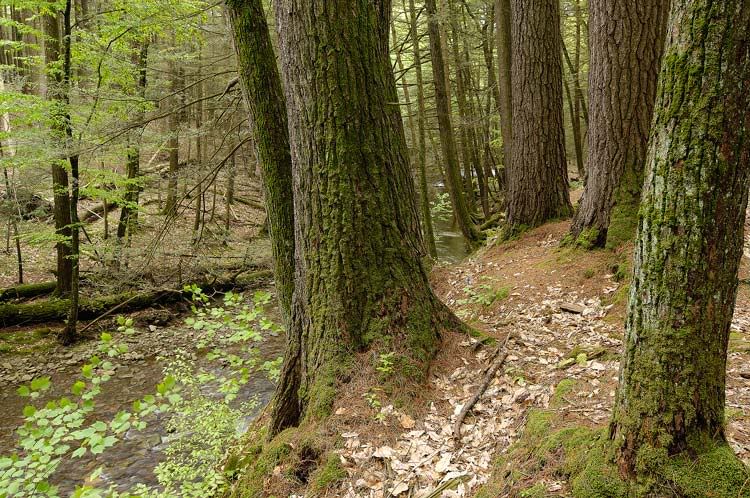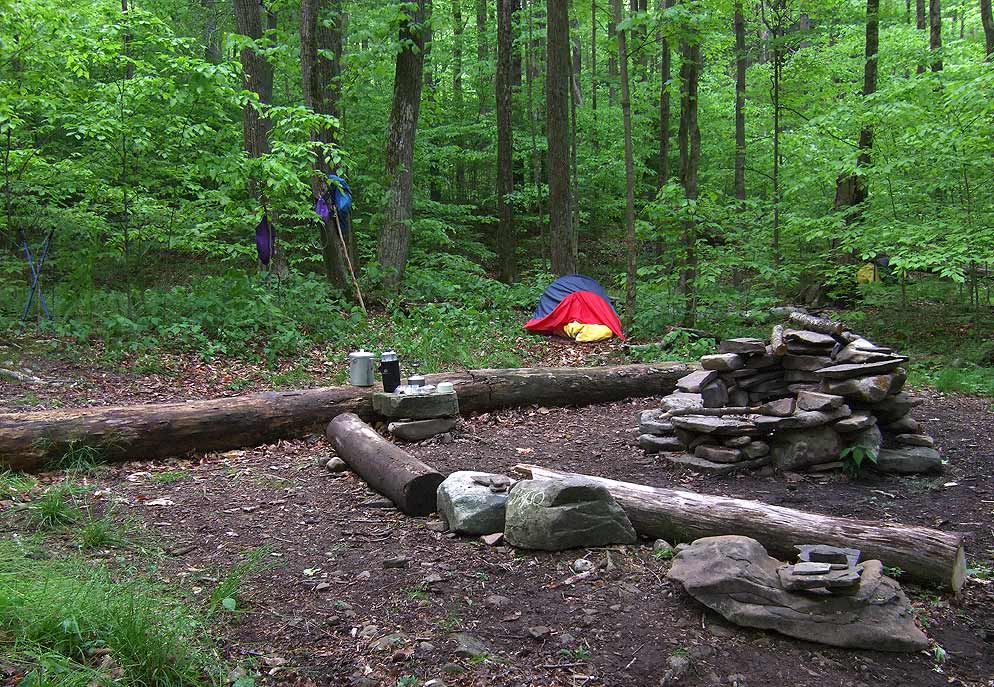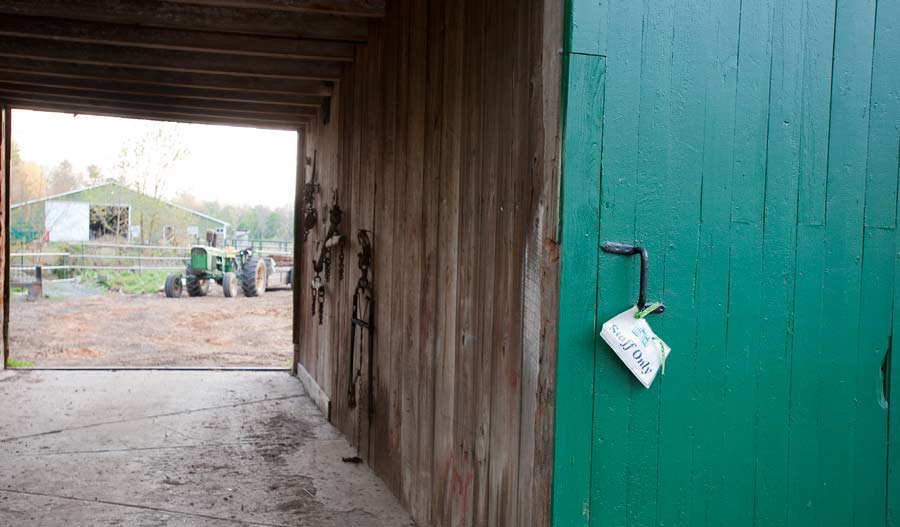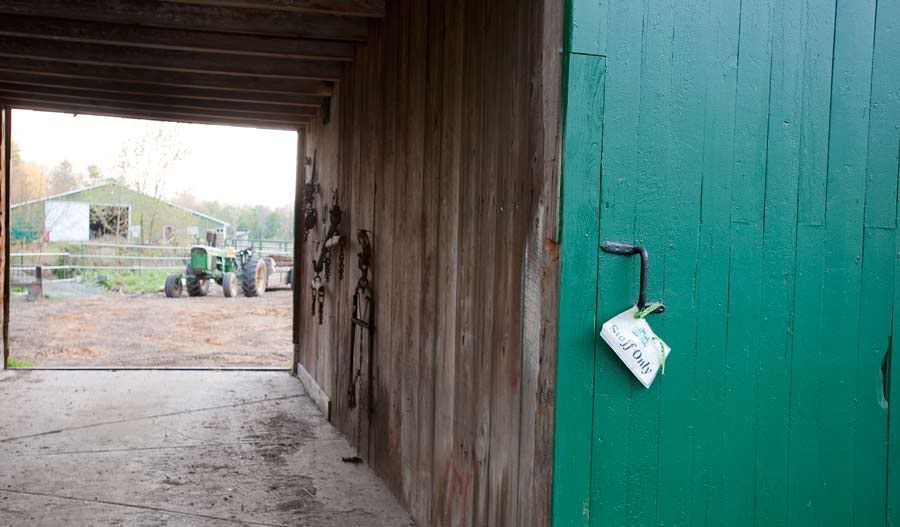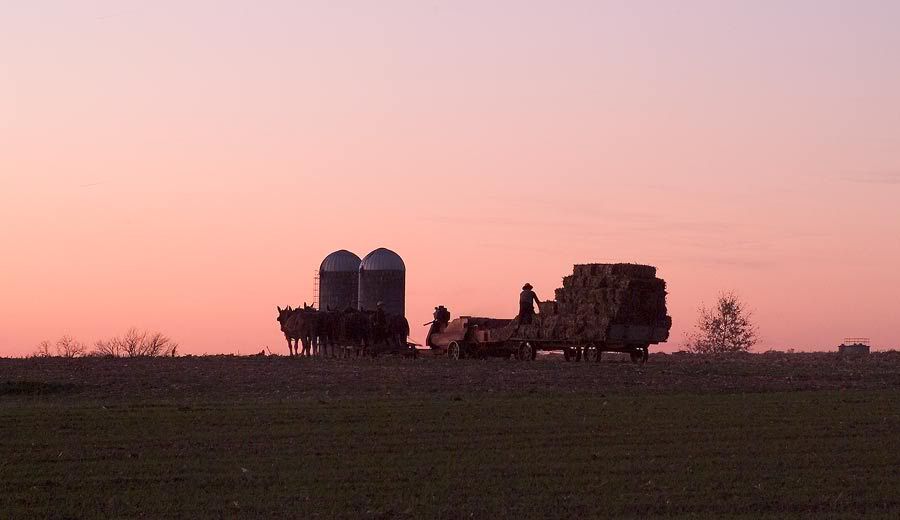
Lancaster Farm Sunset ( Fuji S2, Tokina 28-80 ATX f2.8)
In my previous article: The Bleak Times of Year , I attempted to discuss the difficulties of shooting landscapes in our Appalachian late fall season.
I neglected to discuss another strategy to obtain interesting images (though I did, I believe, post an example of this strategy as the article’s original header image).
As it fall drifts into winter, the air gets colder… and drier, as the atmosphere at lower temperatures cannot hold as much moisture as when it is warmer.
The “crisp fall air” has a striking effect at dawn at dusk, producing colorful, vivid sunrises and sunsets. Given the shorter daylight hours, they tend to occur at times more convenient for us sometimes lazy photographers . Add ice, or fall snow, and the effect is even more striking.
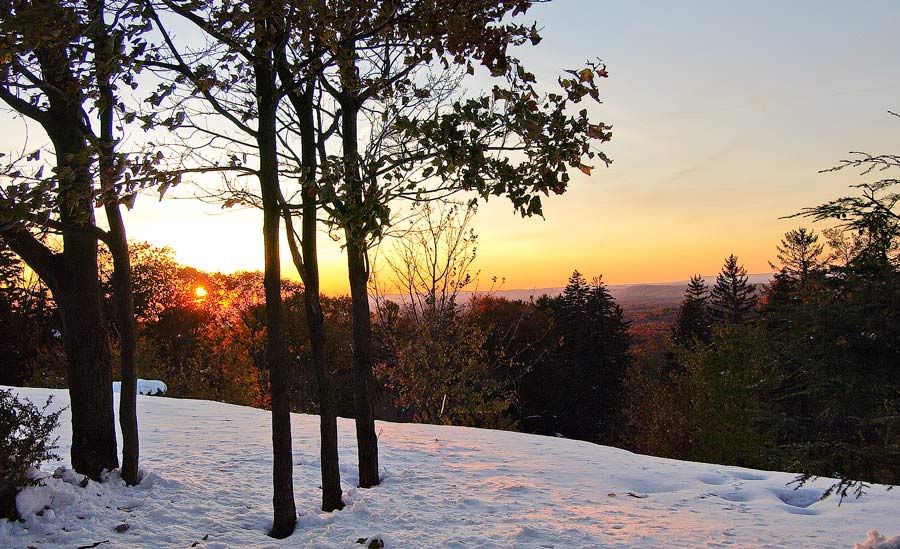
Late October Sunset, Glen Summit ( Olympus E-520, Zuiko 14-42mm f3.5)
I t goes without saying that you need to steady the camera in the kind of low light situations presented at the very beginning, and end of the day. Tripods are the usual answer, but I have used diverse solutions.
One morning on the Monday of after American Thanksgiving I sat in my tree stand in the crisp pre-dawn stillness, waiting for the sun to rise and hopefully, a trophy buck to wander within rifle range. It was very cold that morning, and I remember hoping that the small amount of coffee in my thermos would be enough to keep me warm until the our break at lunch.
There are many different kinds of trophies however: I watched as the skies slowly brightened over a nearby ridge: the clear air and complex cloud patterns conspired to create a spectacular display that caused even the most ardent hunters in our group to lose focus on the task at hand, and gaze at the sky.
In those days good gear took up a lot of space in my backpack. I had only a very modest Nikon point-and shoot camera with me which I sat on the top rail of my hunting stand, and released the shutter with the self timer, to avoid camera shake.
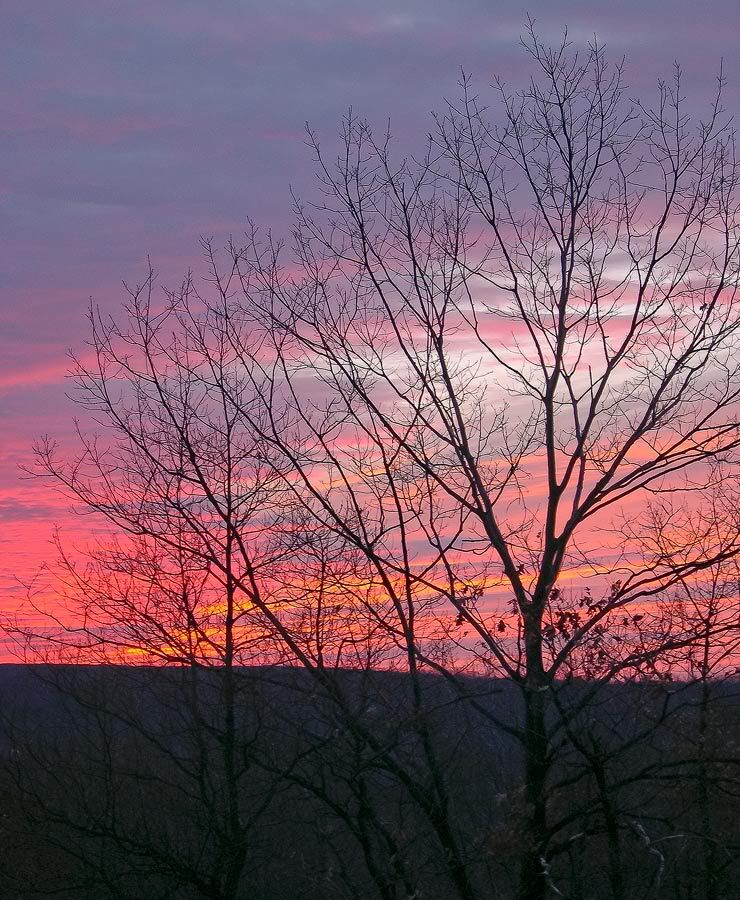
Hunters Sunrise (Nikon Coolpix 4300)
Shooting horizon and sky in the low light period between day and night, you need to focus carefully, mindful of the fine filigree of leafless branches often silhouetted against the sky. You need to keep the ISOs low to avoid noise in the shadows.
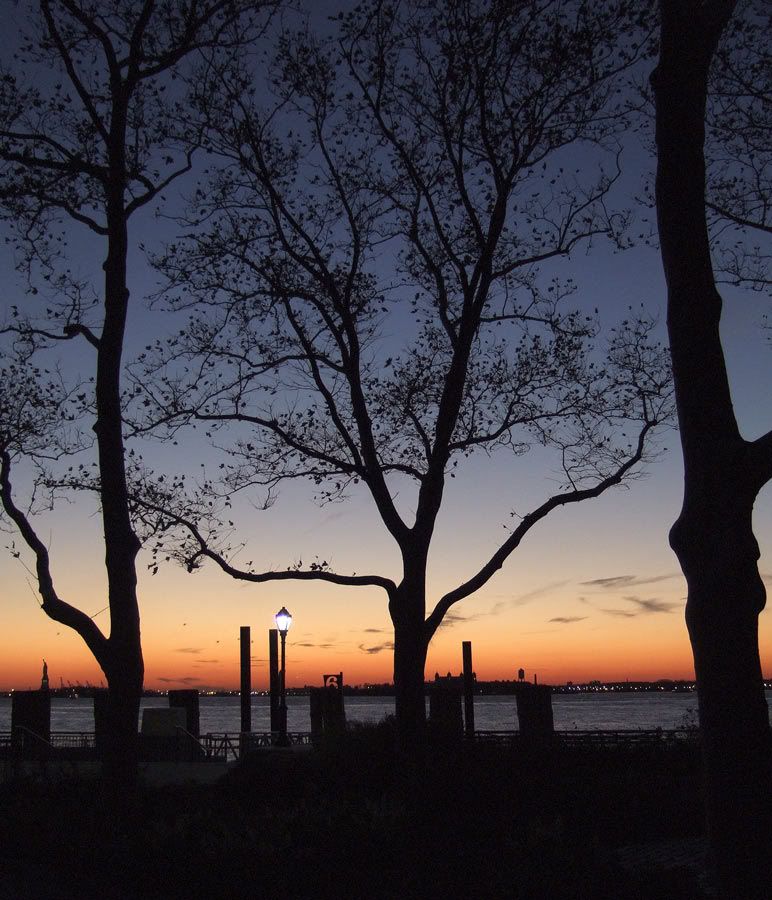
November Evening, New York Harbor ( Fuji F-10)
This gives you something to do for the short run.
Soon the holiday decorations will be put out, the winter snow will fall, and the world will become visually interesting again.
Until then, if the earth’s scenery is dull and lifeless, shoot the sky.



